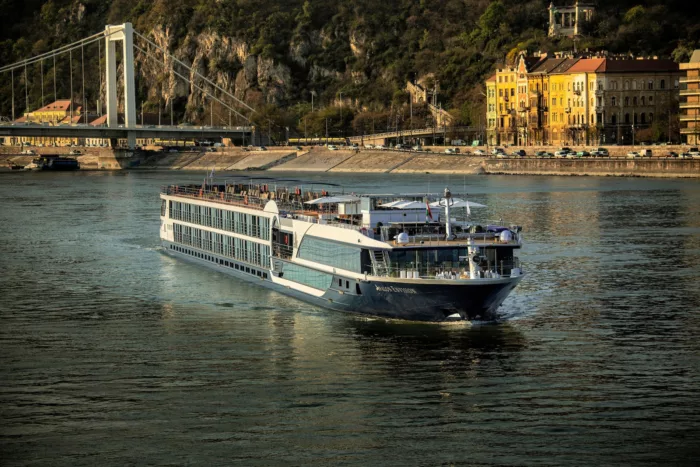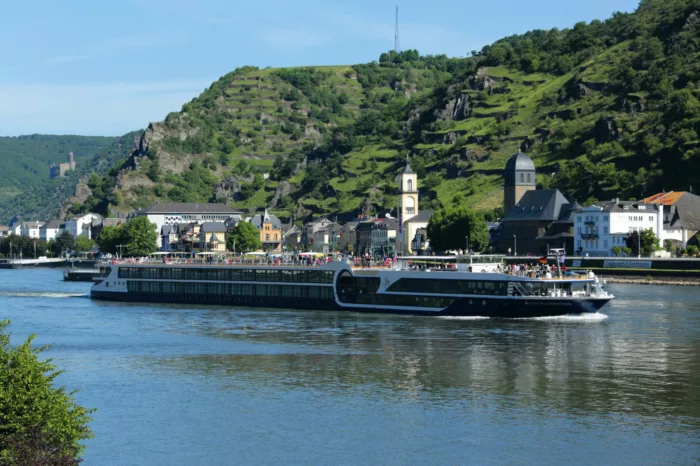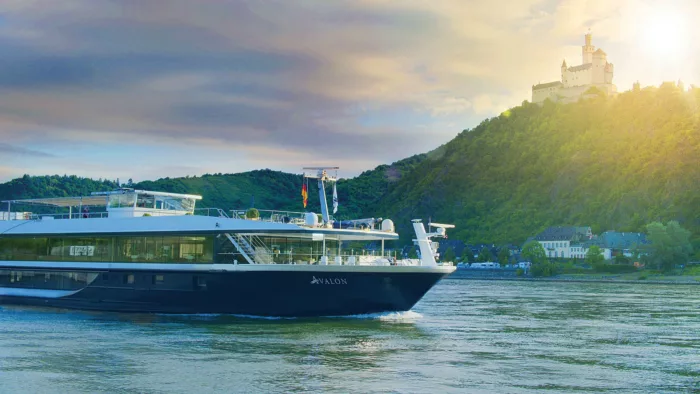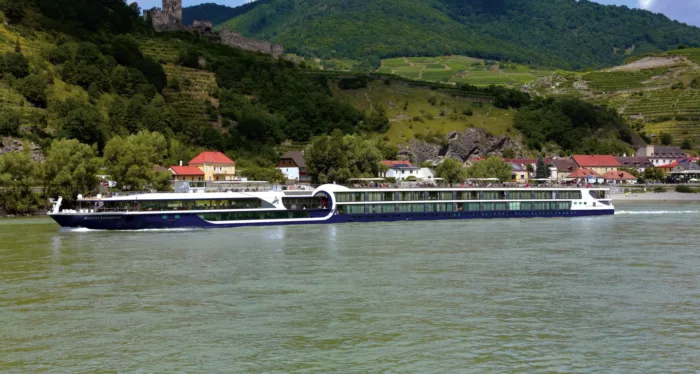
Avalon Waterways
Avalon's suite ships in Europe and Southeast Asia boast wall-to-wall windows that transform cabins into open-air balconies, and there are also river-facing beds to make the most of passing views.
The line’s Active & Discovery sailings have optional action-packed experiences alongside traditional shore tours.
Avalon Waterways also offers short-break cruises of three and four nights.
130
Passengers
37
Crew
2016
Launched
110m
Length
11.45m
Width
13kts
Speed
4
Decks
EUR
Currency
Cruise Itinerary
Day 1
Frankfurt, Germany
Days 2 - 3
Würzburg, Germany
Day 4
Bamberg, Germany
Days 5 - 7
Nuremberg, Germany
Day 8
Regensburg, Germany
Day 9
Passau, Germany
Day 10
Melk, Austria
Day 11
Vienna, Austria
Days 12 - 13
Budapest, Hungary
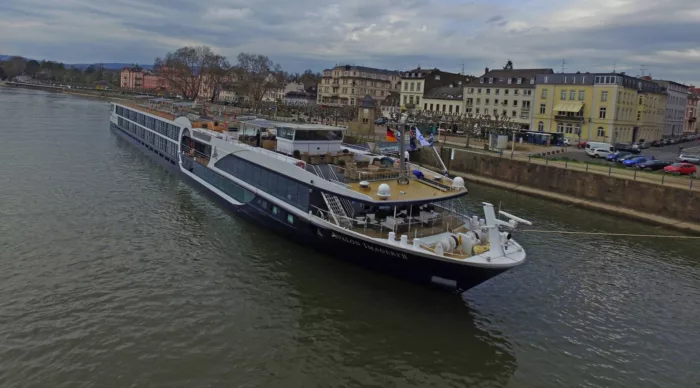
Day 1
Frankfurt, Germany

Days 2 - 3
Würzburg, Germany

Day 4
Bamberg, Germany

Days 5 - 7
Nuremberg, Germany

Day 8
Regensburg, Germany

Day 9
Passau, Germany

Day 10
Melk, Austria

Day 11
Vienna, Austria

Days 12 - 13
Budapest, Hungary
Ship Details


Avalon Waterways
Avalon Imagery II
If image is everything, the Avalon Imagery II is the real thing. The Avalon Imagery II embodies all of Avalon's outstanding traditions to deliver exceptional cruise experiences and service.
Cabins
All Prices



